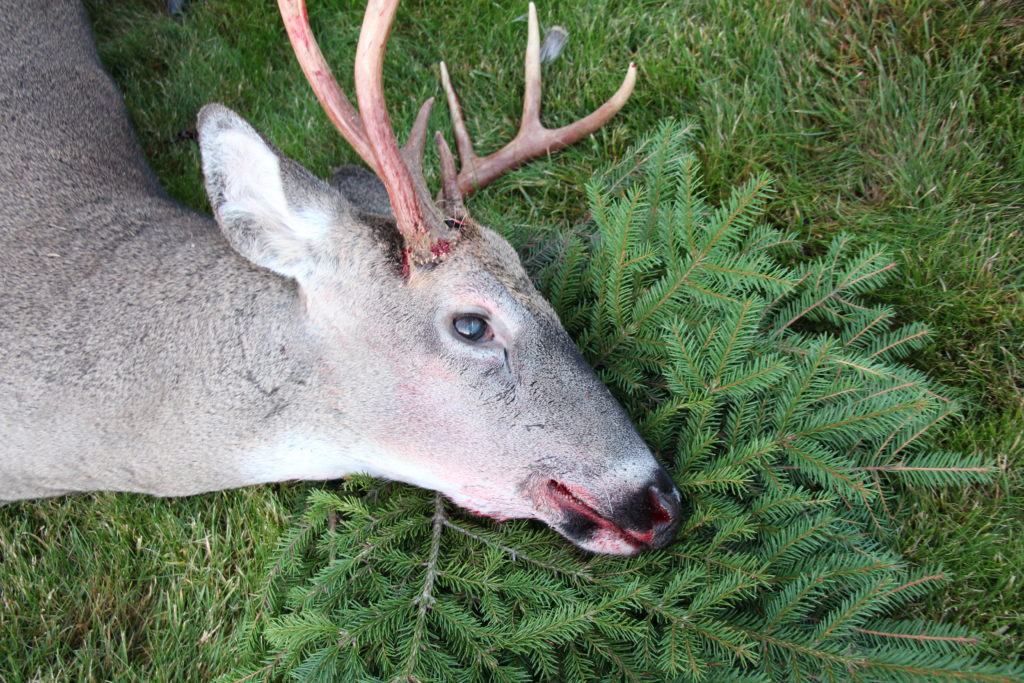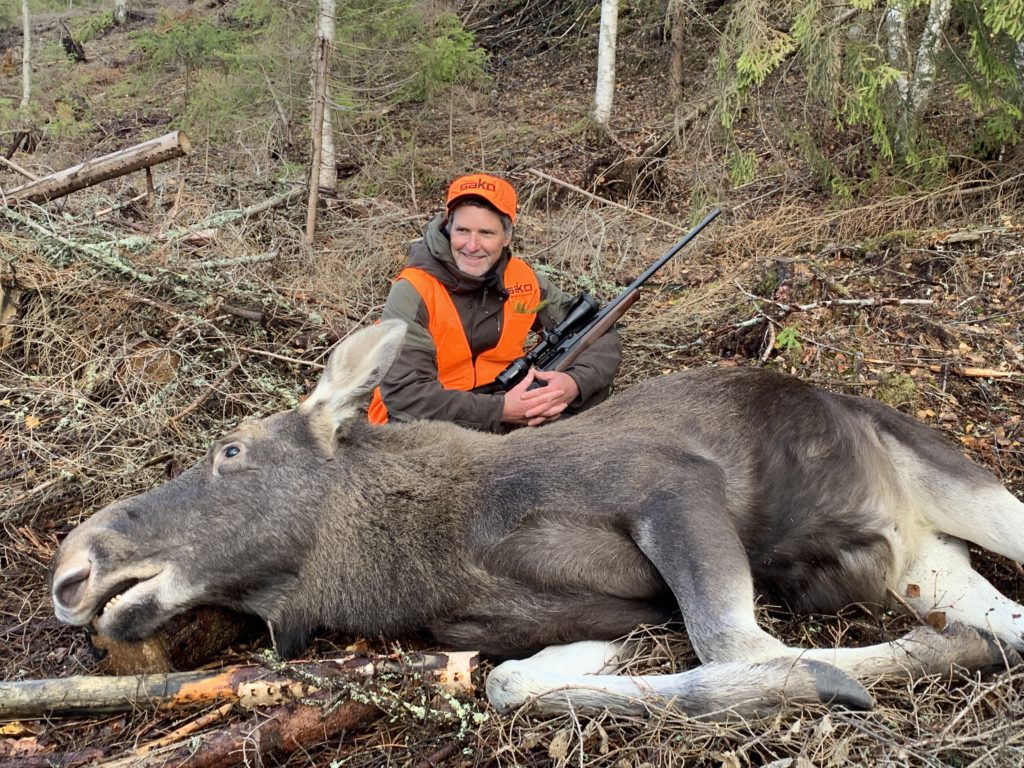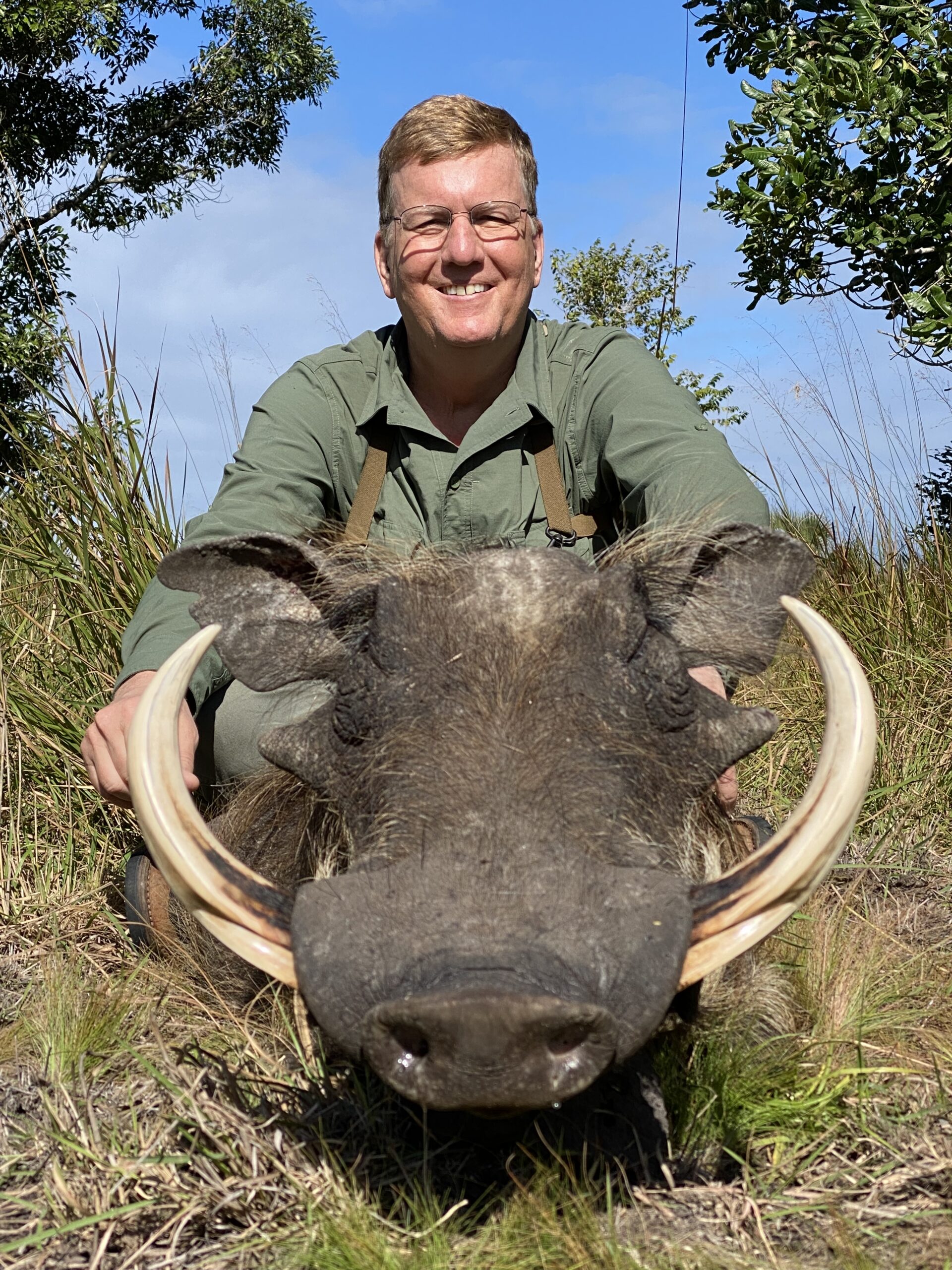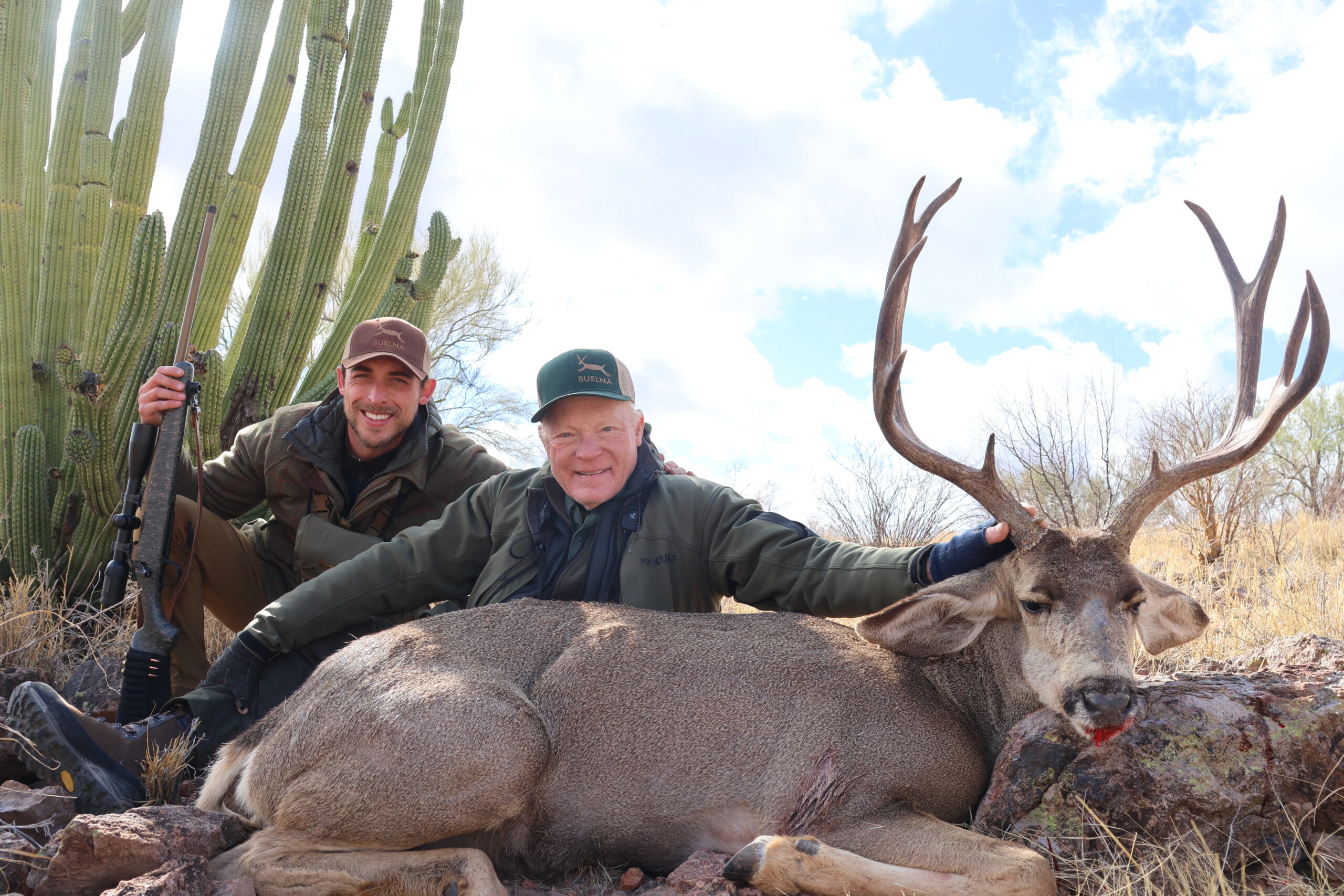Sako Rifles At Home During Traditional Moose Hunt In Finland
By John Geiger, SAFARI Magazine Managing Editor
Finland is a nation of riflemen. It shares an 830-mile border with Russia, and Finns often took up arms to protect their country from invaders from the east.
This northern nation also has more hunters per capita than any other country in Europe. Six percent of the population, or about 300,000 people, consider themselves hunters.
Sako, the country’s best-known hunting rifle-maker, has produced effective guns for more than 100 years. It specializes in bolt-actions for moose, bear and roe deer of Finland, as well as most any game animal the world over.
If you ask a Finn hunter what’s different about a Sako (pronounced SACK-oh), it’s likely you’ll hear that they’re factory-built with the exacting quality and consistency of a custom gun. That European attention to quality carries over to the ammo as well.
One way that Sako creates consistency is through a one-piece flow process.
“A well-run factory must have all of the resources meet in the plant at exactly the right time,” said Aki Suvilahti of Sako. “If not, then the final products are not consistent to each other.”

“Ingredients like pure water, consistent electricity, uniform raw materials and any components, any of these could be slightly different on different days for any number of reasons,” said Suvilahti. The one-piece flow process lets them manufacture one item at a time as opposed to making several batches on several machines and putting them all together in the end. By using one machine, ammo and gun parts are created one after another, and this avoids variations.

As any hunter knows, we need every cartridge to fly just like the one before it and after it. We cannot be accurate without consistency.
Suvilahti acknowledged that it would be much faster and cheaper to assemble parts in different cells and then bring them together in the end. “It takes longer to produce our rifles and ammo, but we know it is right,” said Suvilahti, as he examined a finished .308 cartridge coming off the line at Sako’s Riihimäki plant near Helsinki.
IN THE FIELD
Several years ago, I had the opportunity to shoot Sako ammo in a Sako 75 Finnlight on a Wyoming pronghorn hunt. It paired well with a Burris Eliminator 2 range-finding scope. I sighted it in at 100 yards and then ranged the 200-yard plate. Ping. I then ranged the 300-yard, 400-yard and 500-yard plate. Ping. Ping. Ping. The scope put me and the rifle onto center-mass out to 600 yards literally in minutes. It made quite a combination and allowed me to take an antelope at 260 yards with confidence despite a terrible Wyoming crosswind.
More recently, I hunted moose in Finland with a Sako 100 in .300 Win Mag. A big difference between the classic Sako 75 and the newer rifle is that the 100 is a switch-caliber gun. With a torque wrench, you can change from any short-action calibers to medium or long actions by switching barrels, bolts and mags but using the one stock and action. It’s perhaps faster and simpler than any other switch-caliber on the market.
The 100 is named for the company’s anniversary in 2022. CEO Raimo Karjalainen said it represents the culmination of 100 years of Sako and Finland’s firearm development.
Another big difference is that the 100 now uses a handspannerung safety, similar to the one on a Blaser R8. A button on the tang doesn’t just block the sear, but literally takes all of the spring off of the firing pin, rendering it unable to fire until you again push — with a satisfying click — the button behind the bolt. A handspannerung de-cocking safety means that even if the gun’s butt plate is slammed on the ground, there is no way the firing pin can move forward with enough force to punch a primer.

So how did the model 100 and new safety work during the moose hunt? There were hours of waiting with the gun de-cocked and then seconds to cock and fire. I’ve shot Blaser R8s and the Merkel Helix, which both have handspannerung safeties, but never in a fast-paced, heart-pumping hunting situation. However, it all made sense when I heard the dogs barking and then suddenly saw a moose gallop across the clearcut on a cold October morning. As naturally as any tang safety, I engaged the spring, took my lead and fired. It was safe, and then it was deadly.
Where I live in the United States, it’s rare that we fire on running game animals, except perhaps a feral hog or varmint, such as a coyote. The “hunt boss,” the person in charge of the coordination of the drives at the Kartanon Riista Hunt Club instructed the hunters to fire on any moose bull, cow or calf (unless the calf was with a cow). This is the tradition here, and I gladly complied. Thankfully, I had practiced firing on a running moose the previous day at a range.

Until recently, anyone wanting to hunt in Finland had to take a running-moose test. Now, a shooter must simply put five shots into a stationary target at 75 meters to qualify. But a few of us visiting hunters wanted to try our hand at the moving target. We were instructed to hold on the beard or chin of the running moose. That placement put the bullet in the vitals of a mature moose on the run. We each had varying degrees of success on the moving target, but in the end, it was good to get the feel of swinging a .300 Win. Mag. on a moving target in preparation for the next day’s hunt.
Sako’s premier hunting cartridge, Powerhead Blade, is a state-of-the art, all-copper bullet that is built to expand at high velocities close range as well as at low velocities when it’s a far shot. The bullet is built generally like Federal Premium’s Terminal Ascent and Hornady’s ELD-X with a very visible difference: The polymer tip is shaped more like a small Phillip’s head or star-head screwdriver than the smooth plastic spire points we’re used to seeing.
At first blush, the tips don’t look aerodynamic, but they are. They are shaped that way to help make sure that the copper bullet expands when it’s supposed to.
The “teeth” of the tip ensure that the tip breaks off right away and is pushed into the hollow bullet cavity behind it to initiate expansion. Bullet-makers in the past have wrestled with making sure tips are aerodynamic, and also break off quickly when the bullet hits the game-animal target. The bullets were effective on all the game taken during the one-day hunt. About 20 hunters took four moose and several white-tailed deer. All were recovered.
NEXT 100 YEARS
Sako is growing. It has doubled rifle and ammo deliveries since 2018. It’s now owned by Beretta Holdings, the oldest and largest firearm manufacturer in the world. In addition to helping Sako, and sister company Tikka, distribute the products overseas, Beretta has also begun supplying components such as excellent walnut stocks.


But Beretta is just the latest of several companies that have owned Sako over the last 100-plus years. Sako has a unique history to say the least. It reads like a rollercoaster of feast and famine.
Sako is an acronym for Finland Civilian Guard Gun and Machining Works, or, in Finnish, Suojeluskuntain Ase-ja Konepaja Oy. Sako was founded in 1922 to repair Russian-made, World War I-era Mosin-Nagants for Finland’s Civil Guards, a citizen’s army that countered insurgent communists inside the country.
During the 20th century, Sako was often dependent on the contracts and political whims of the Finnish Ministry of Defense. After WWII, Sako was owned by the Finnish Red Cross to hide the company’s Civilian Guard roots from the occupying leftist Soviets.
In the 1950s, Sako finally found its footing as an export company. Its popular Model L46 bolt-action rifle turned heads overseas and for the first time, the company exported more rifles than it sold in Finland. The company cracked major markets in Australia, Canada, Europe and USA. Yet it still was handed off like a hot potato to various companies, such as Stoeger, Valmet and even Nokia, the cell phone company.

In the 1990s, the exporting success led to the development of the notable Sako 75 model. Since then, all Sako bolt-actions have been variations of the 75. However, this latest Sako 100 is a big departure for the company, and they have a lot riding on it.
Owners have invested more than $22 million and are expanding the Riihimäki plant this year. Sako and Beretta Holdings are depending on increasing market share in Europe, Commonwealth counties and especially the country that has the largest potential for increased sales, the United States. Market share in the U.S. is in the single digits, so there is room to grow. However, it’s an extremely competitive environment for burgeoning rifle and ammo companies.
Sako will be aggressive with new products over the next couple of years, said Petri Polig, who is general manager of the Riihimäki plant. Sako is leaning into its legacy as a fighter and its efficient manufacturing as a launching pad for the next 100 years.





